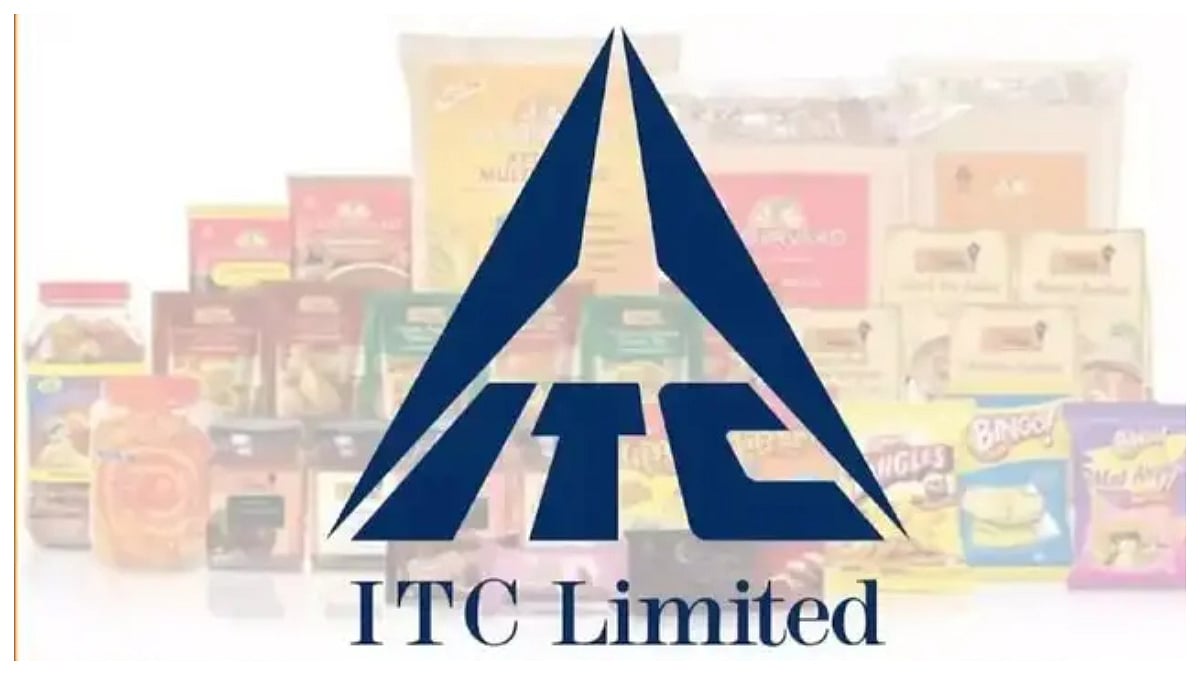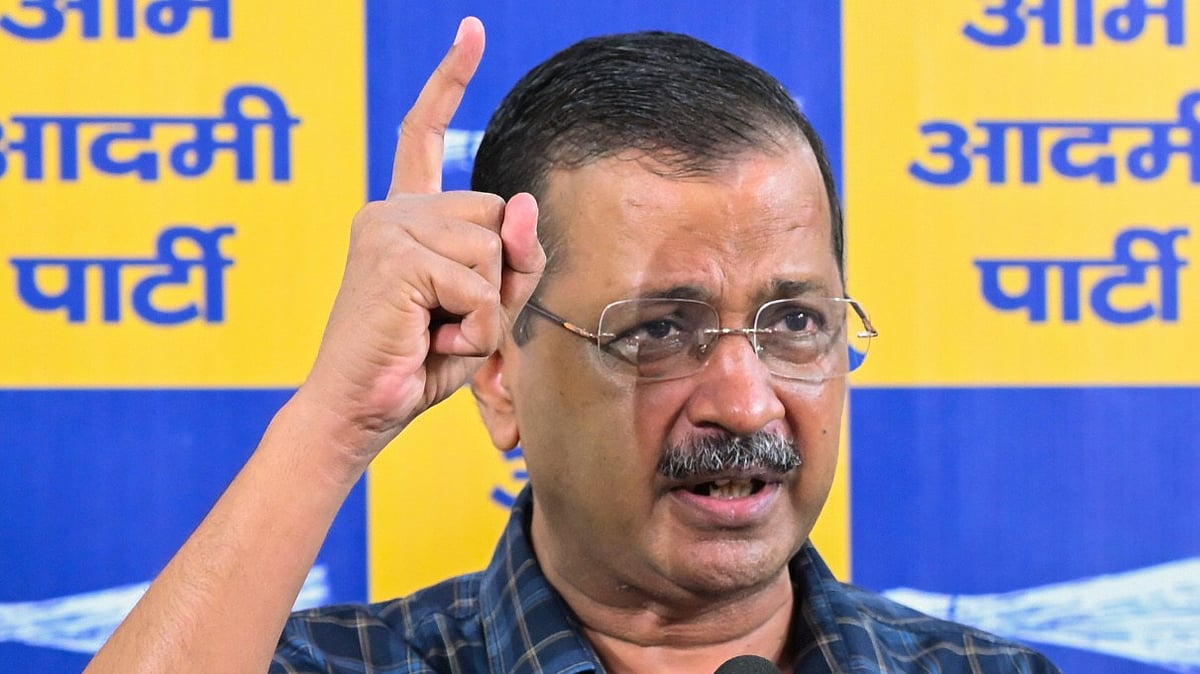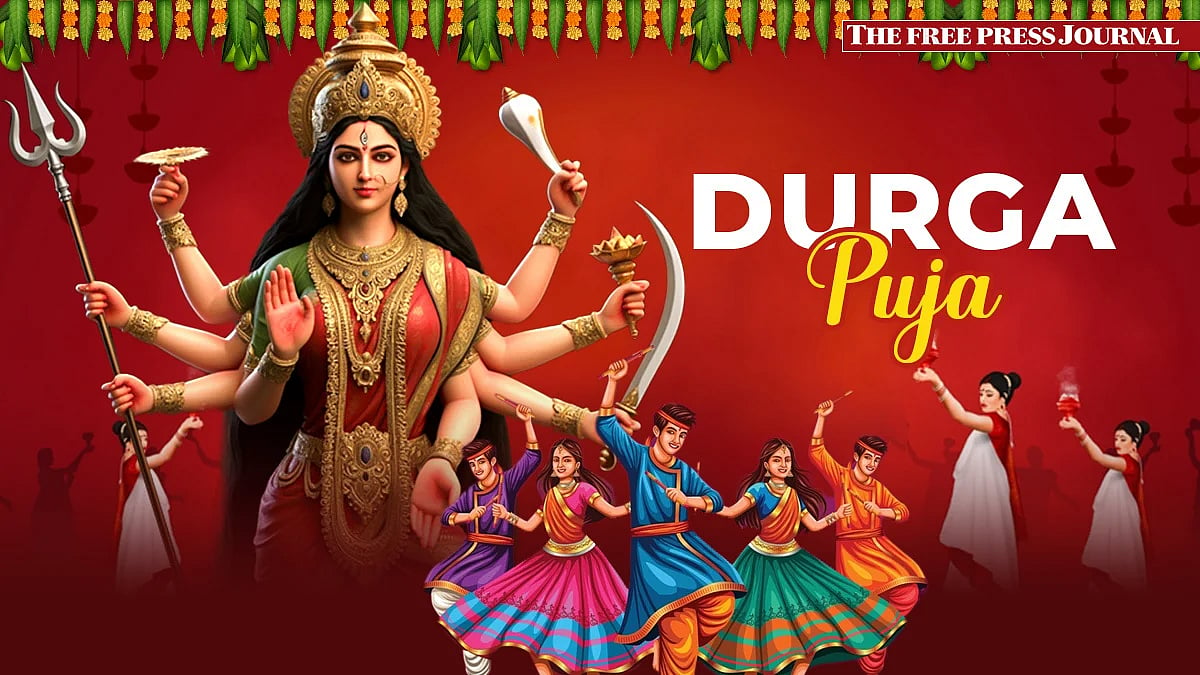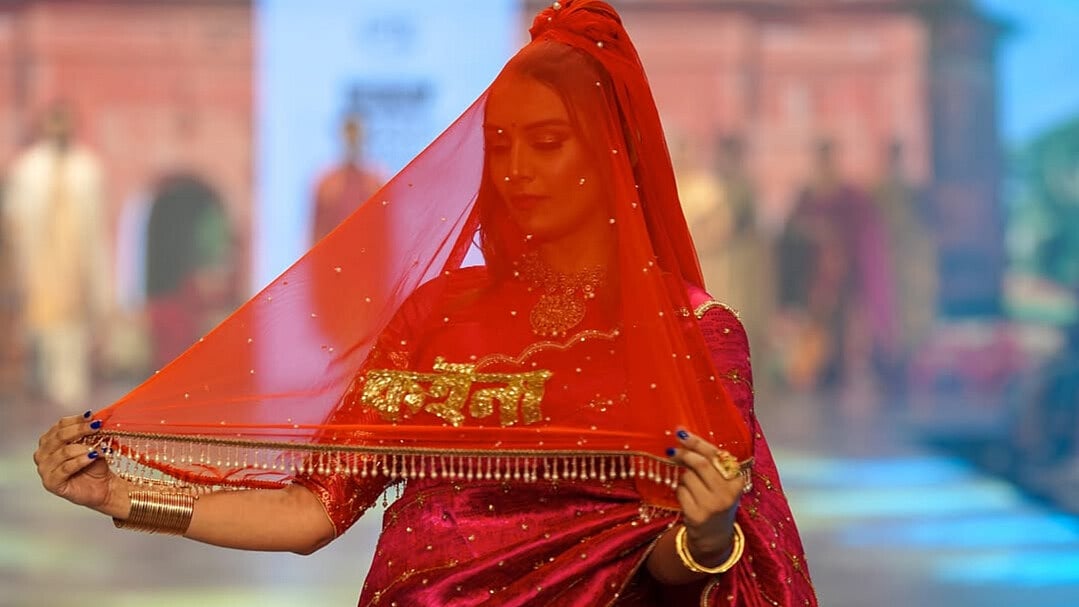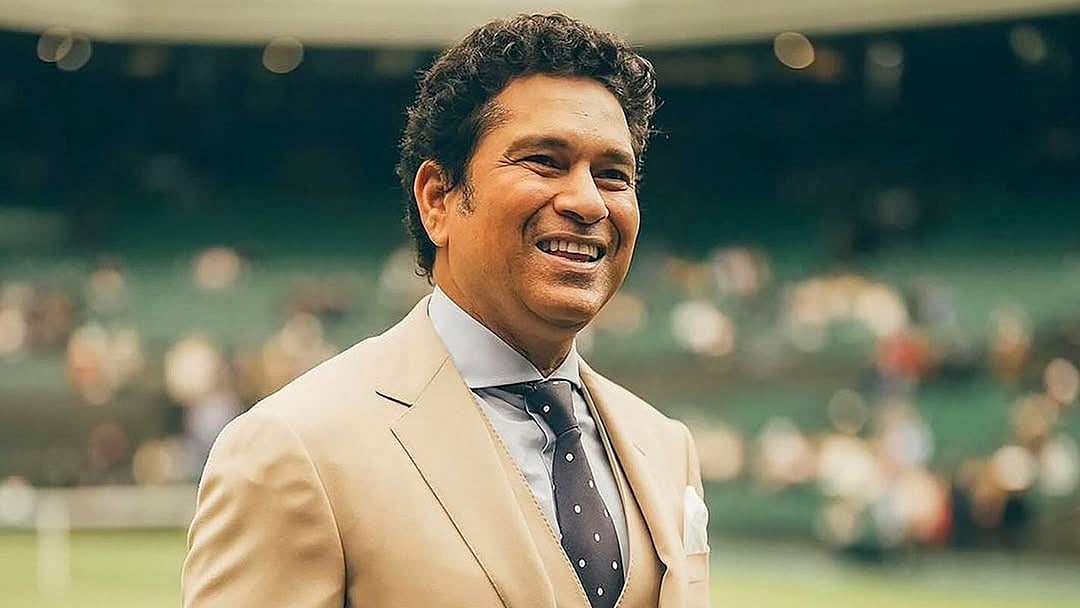One still remembers the concert at Nehru Centre, Worli, on December 25, 1997, when santoor maestro Pt Shivkumar Sharma introduced his son Rahul on stage. The show, titled Santoor Viraasat and organised by Banyan Tree, also featured tabla genius Ustad Zakir Hussain. The rendition of raags Hansadhwani and Mishra Khamaj is etched in one’s mind.
Memories of that show came flashing by once again, when Rahul Sharma played raag Gavati at the same venue on May 10, with Aditya Kalyanpur on tabla. This event, called Shivji: The Journey Continues, was also curated by Banyan Tree and held to mark the legend’s second death anniversary. But while last year’s performance featured classical performances by Rahul and sitar exponent Shujaat Khan, this year’s line-up also included world music and jazz-fusion.
Rahul’s raag rendition had a short alaap, followed by three gats. Next came a solo recital by Turkish musician Ahmet Baran on the qanun, a trapezoid Arabic zither somewhat similar in look to the santoor, but with a different playing technique. After the break, Thai saxophonist Koh Mr Saxman joined Rahul, Aditya, keyboardist Avinash Chandrachud, bassist Manish Kulkarni and drummer Vinayak Pol. The musicians showed good understanding, doing some neat solos.
In many ways, the programme showcased the journey of the santoor over the years. Originally used as an accompaniment to Sufi and folk music in Kashmir, it was given the status of a solo classical instrument through the efforts of Pt Sharma. Born in Jammu on January 13 1938, the youngster was initiated into music by his father Pt Uma Dutt Sharma. After learning tabla and vocals, and even performing at the Jammu radio station when he was 12, he was drawn to the santoor, which was played commonly in the Kashmir region.

ARVIND PHOTOGRAPHY
Considered to be part of the dulcimer family which also includes cimbalom and hackbrett, the santoor derives its name from shata-tantri veena, or 100-stringed instrument. It is played when the strings are struck by a pair of mallets. Because of his training in tabla, Sharma also explored the rhythmic possibilities the santoor offered. Though the instrument had critics who felt it could not reproduce certain essential features of classical music, Sharma devised his own technique.
Besides many solo concerts, Sharma did jugalbandis with flautist Pt Hariprasad Chaurasia, with whom he also composed film music under the name Shiv-Hari. Earlier, in 1967, they were joined by guitarist Pt Brij Bhushan Kabra on the hugely successful album Call Of The Valley.
When it came to classical music, Sharma stuck to the pure format. His concerts became known for the way he unfolded the raag slowly, till he reached a heady crescendo. His shorter instrumental pieces used raags keeping in mind the spiritual and serene nature of the instrument. The only probable exception when he played some fusion was when he joined guitarist John McLaughlin of the group Remember Shakti on the piece Shringar at Rang Bhavan in 2000. But that was more like an improvisation in raag Kirwani.
Sharma’s students have included Rattan Lal Tikkoo, Nandkishor Muley, Satish Vyas, Dhananjay Dhaitankar and R. Visweswaran, besides his son. For his part, Rahul has maintained a good balance between classical music and experimental work.
After initially focusing on the Santoor Viraasat concerts with his father, and solo outings, he got into some unique global collaborations. He released The Confluence with French pianist Richard Clayderman, Namaste India with American saxophonist Kenny G, Deep India with French musicians Deep Forest and A Meeting By The Nile and Milap with Egyptian oud player Georges Kazazian. He also released thematic albums like Music Of The Himalayas, Time Traveller, Zen and Rajasthan: Shades Of The Desert, besides experimenting with rock sounds on The Rebel. He has worked on Kashmiri folk music with singer Gulzar Ganie, and on his video Time Traveller 2, he is accompanied by his son Abhinav.
Rahul’s latest album Healing Harmonies, released last September, sees him team up with the Capetown Philharmonic Orchestra on four pieces. Such forays and collaborations have surely taken the santoor to newer audiences.


